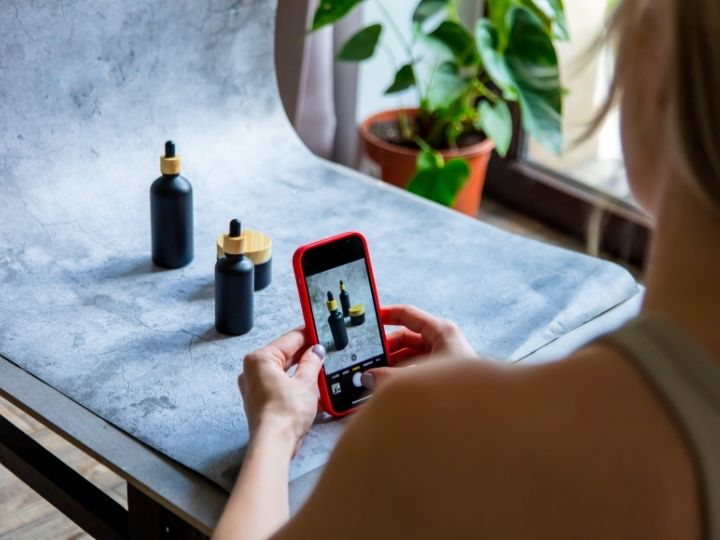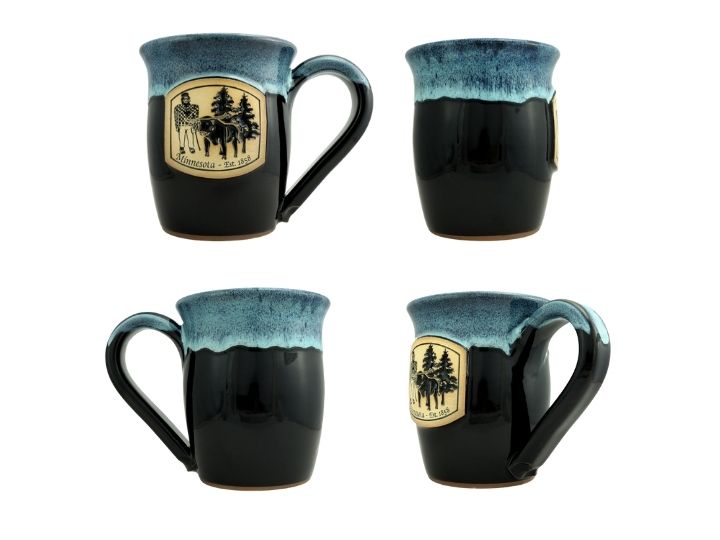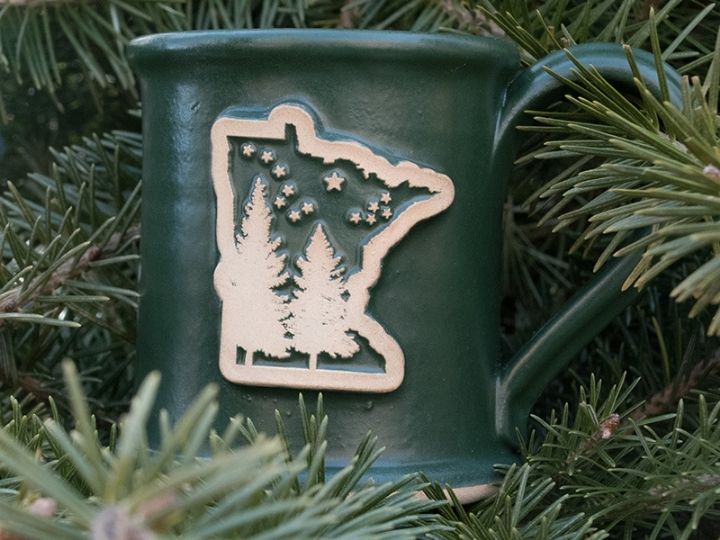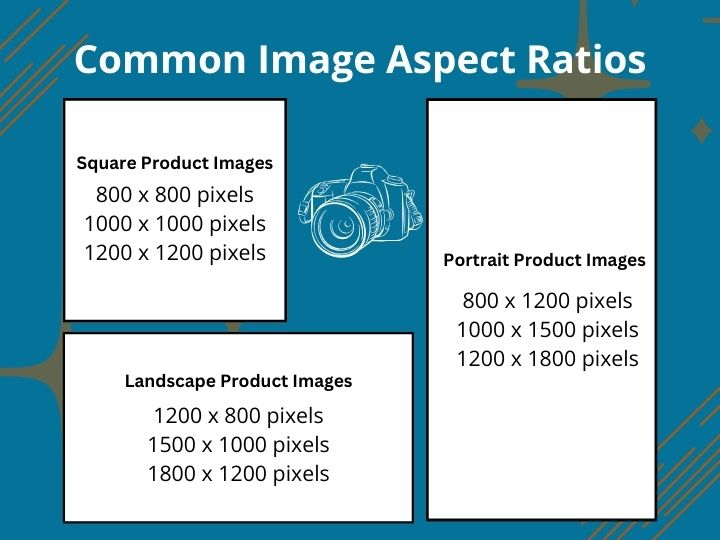When shopping online, customers can’t touch or try your products out in person. So, your product photography is their main way of evaluating the items.
Learning product photography enables you to showcase your products effectively. Proper lighting, angles, and composition can make your items more appealing. Clear, detailed images also build trust and credibility with potential buyers. High-quality images attract more customers and can command higher prices for your products.
Here is how to take good photos of products to sell online.
Master The Basics Of Online Product Photography
If you’re wondering how to take good photos of products to sell, you’ll need to understand the best practices for online product photography. S
tart by understanding photograph resolution, measured in pixels. Images with high pixels per inch (PPI) offer finer details, while lower PPI may be pixelated or blurry–especially when enlarged.
However, having a high PPI isn’t the only consideration for website photography. If your product image resolution is too high, your website load speed can slow down. Slow load times can frustrate customers and lead to a high bounce rate. To help you avoid this issue, use the correct aspect ratio.
Consider these:
Square Product Images
- 800 x 800 pixels
- 1000 x 1000 pixels
- 1200 x 1200 pixels
Portrait Product Images
- 800 x 1200 pixels
- 1000 x 1500 pixels
- 1200 x 1800 pixels
Landscape Product Images
- 1200 x 800 pixels
- 1500 x 1000 pixels
- 1800 x 1200 pixels
These dimensions offer a balance between image quality and loading speed. However, work with your website designer to get the right specs for your photography needs.
If you plan on posting your product photography on social media, look into the specific dimensions required by each platform. Here is an excellent guide from Hootsuite.
Product Photography Equipment You Will Need
When it comes to small business product photography, having the right equipment is essential. Here are the basics every small online business needs to get started:
- Camera
- Tripod
- Lighting equipment like lights or a lightbox (or direct sun)
- Background (backdrops, seamless paper, fabric)
- Product table or other shooting surface
- Remote shutter release
- Reflective and diffusive materials
- Product props and styling tools.
You don’t have to invest in an expensive camera. A smartphone/tablet with a high-quality camera like an iPhone can take just as good of photos.

Here are some quick tips if you are using your smartphone:
- Enable gridlines to ensure your photos aren’t crooked
- Lock focus and exposure
- Use the AE/AF Lock
- Utilize the “Portrait” mode for a bokeh effect.
How To Plan A Product Photography Shoot
Product photography shoots require quite a bit of planning. Here are the basic steps:
1. Define Objectives: Clearly outline the purpose of the shoot, including a list of the products and the platforms you will publish them on.
2. Create A Shot List: Detail the specific shots you need, like angles, close-ups, and unique features.
3. Select Equipment And Props: Identify the cameras, lenses, lighting, and styling tools required for your shoot.
4. Choose Location: Decide if the shoot will occur indoors or outdoors and select the appropriate setting.
5. Schedule Timing: Plan a shooting schedule.
6. Prepare The Products: Ensure products are clean, defects-free, and styled, if appropriate
7. Setup And Test Lighting: Arrange and test your lighting equipment to achieve the desired look.
8. Compose Shots: Start capturing images following your shot list, adjusting lighting and props as needed.
9. Review And Adjust: Continuously review photos and make necessary adjustments to ensure quality.
Following this checklist will ensure your shoot runs smoothly and produces high-quality images that attract buyers.
Product Photography And Videography Shot List Ideas To Add
A shot list is the master key to how to take good photos of products to sell. Here are some ideas to consider for your shot list:
- Product Introduction: Capture a still shot and a short video introducing the product.
- 360-Degree Spin: Showcase the product from all angles with a 360-degree rotation video.

- Close-Up Shots: Highlight intricate details and textures with close-up photos and videos.
- Size Comparison: Demonstrate the product’s size by placing it next to everyday objects for reference.
- Functionality: Showcase how the product works or its unique features in action.
- Lifestyle Shots: Present the product being used in real-life scenarios, connecting with potential buyers.
- Before-and-After Effects: If applicable, display the product’s transformation or impact.
- Color Variations: Capture all available colors or options to assist customers in choosing.
- Packaging: Showcase the product’s packaging, emphasizing its quality and design.
- Demonstration Videos: Create step-by-step video guides for assembly, usage, or setup.
These ideas are just to get you started. Feel free to be creative and express your brand voice through your product photography.
Enhance Your Product Photography With Editing
Once you have all the product photographs and videos, digital editing can make them stand out.
Start by always working with high-resolution formats like JPEG, PNG, or TIFF to preserve image quality. Next, work with editing software like Photoshop or Lightroom.
Edit your photos by focusing on color correction, exposure adjustments, and sharpening. Retouch imperfections and blemishes, ensuring your product looks flawless.Pay attention to background cleanup and removal, keeping the focus on your product.
Lastly, maintain consistency in your editing style across all product images to create a cohesive brand voice that resonates with your audience.

When To Hire A Professional Photography
Before you dive in, consider when it may be best to hire a professional.
For example, if you struggle to achieve the desired image quality, have an exceptionally large volume of products, or simply do not have time to do the shoot, a professional can help. Professional photographers provide the technical proficiency, artistic vision, and dedicated focus required to elevate your photography to the next level.
Whether you hire a professional or do it yourself, high-quality product photography is pivotal for online sales success.
Once you have learned how to take good photos of products to sell, edit, and publish them, you’ll see a significant return on your investment.
For product selling tips like pricing strategies, check out our blog. As a high-quality supplier of wholesale handmade coffee mugs, beer steins, and soup bowls for small businesses, our team at Grey Fox is always here to help our retail partners achieve online and in-store success.

